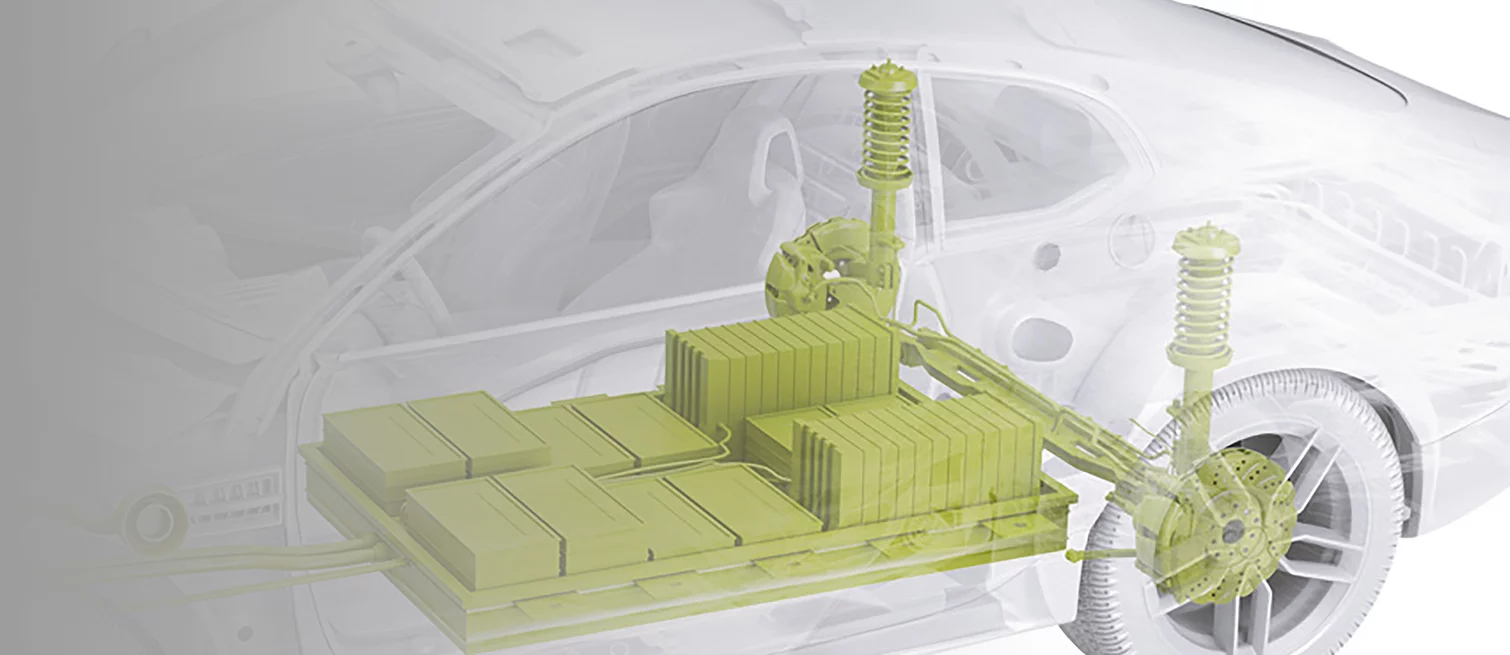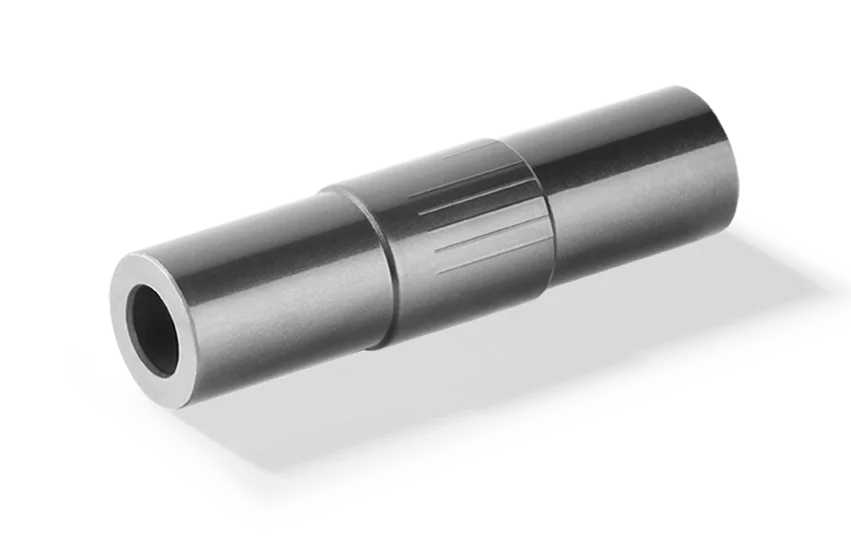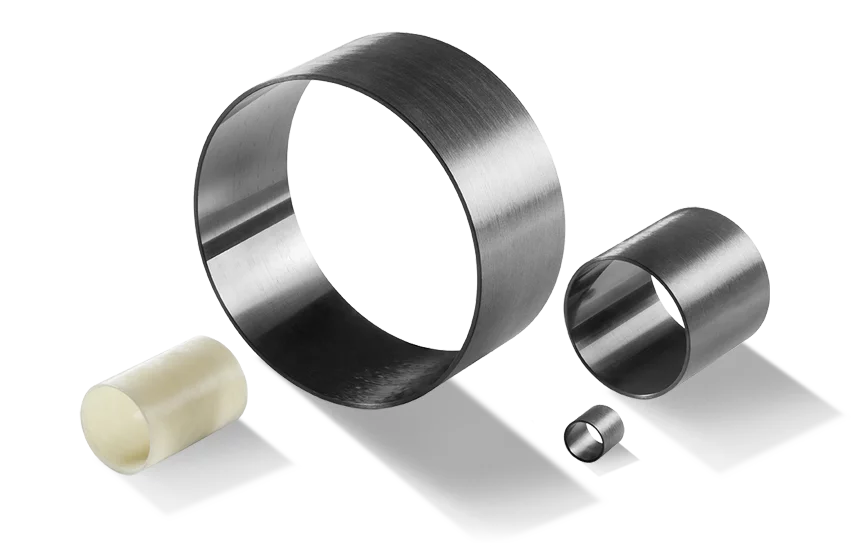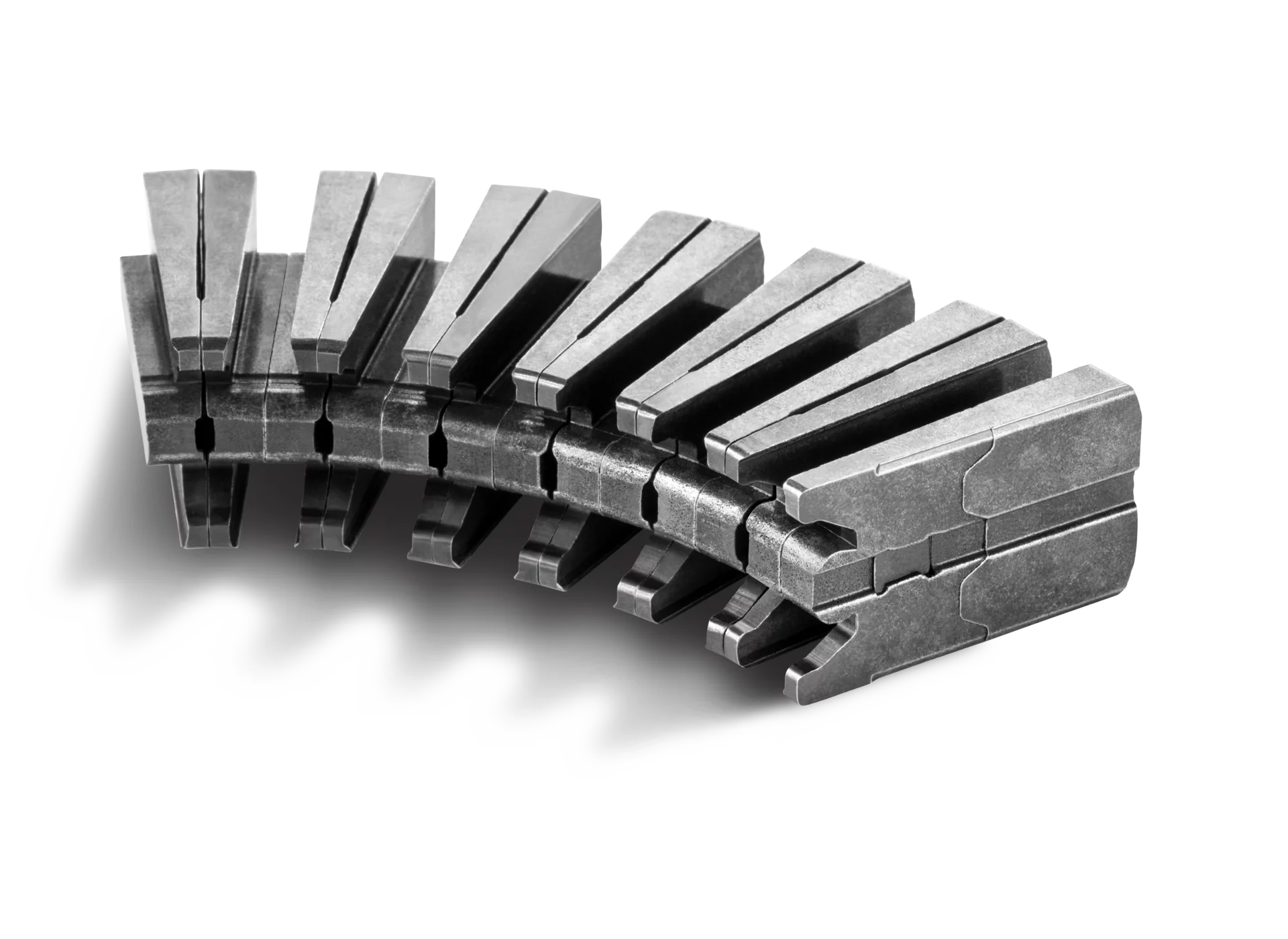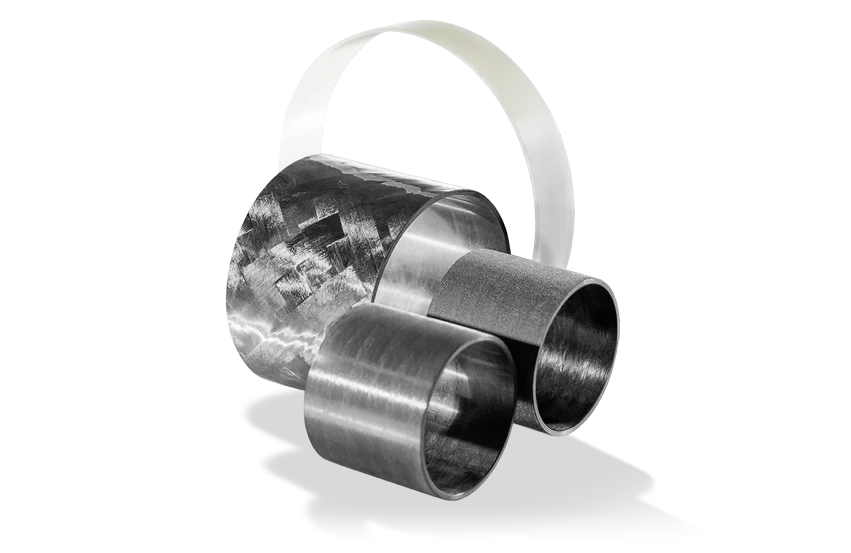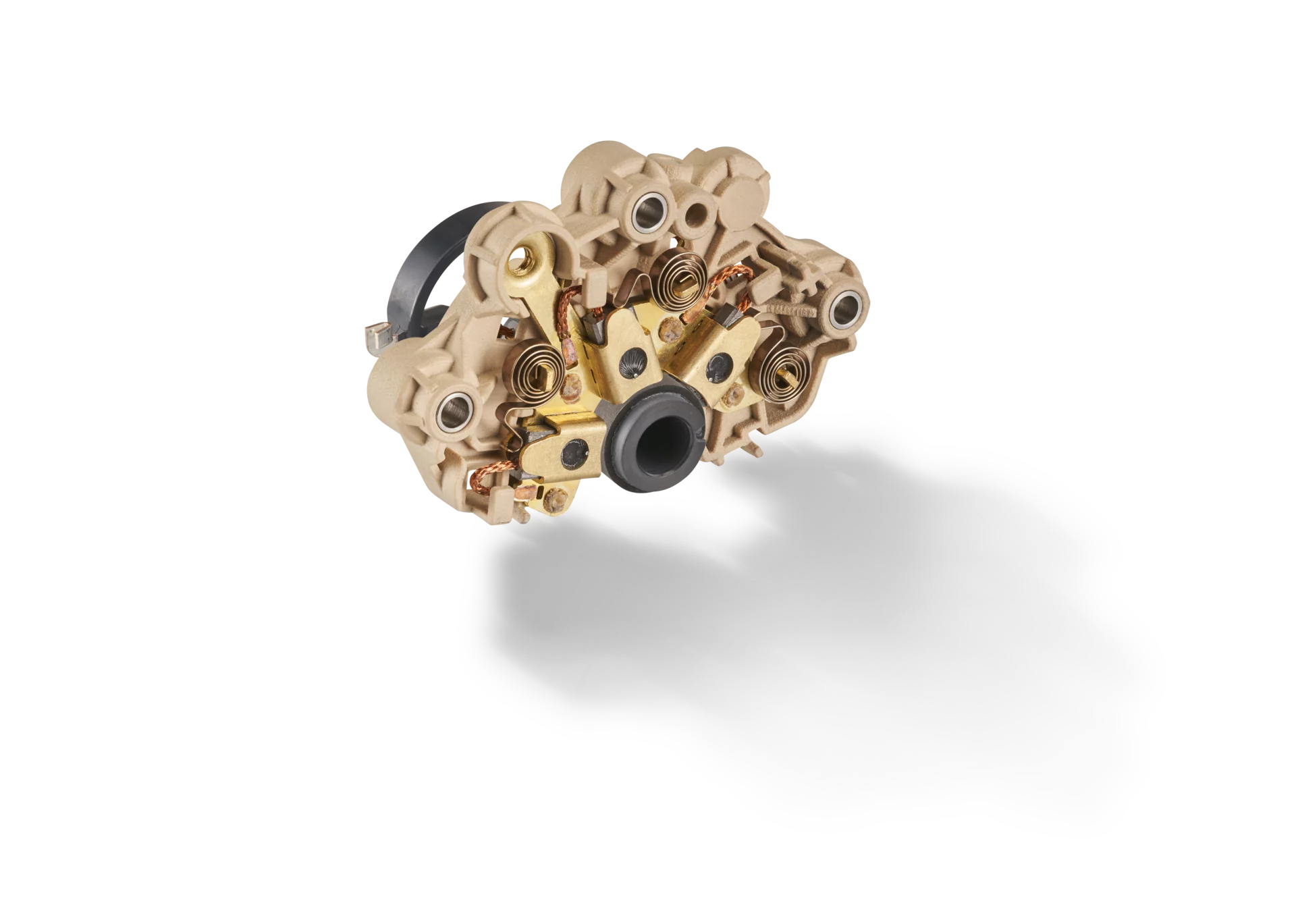Advantages
Innovative solutions for electric powertrains
- Shaft grounding: reliable protection for electric engines against high-frequency, parasitic shaft voltage draws
- Thermal management: customer-specific, lightweight materials that respond to thermal requirements
- Mechanical carbon components with low weight, high precision, good tribological properties, and excellent temperature and corrosion resistance
- Powder metallurgy as a standard process for stable, large-scale series production of soft magnetic components
- The greater design freedom offered by isotropic material properties allows for more complex engine topologies, such as axial and transverse flow engines

Schunk Group
Engineering competence in materials technology and machine building.
Add
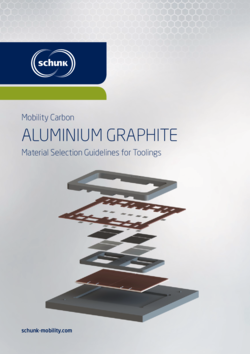
Brochure: Material Selection Guide
Material selection guide for toolings: aluminium graphite
Add

Brochure: Driven by Imagination
Leading carbon technology for electrical, mechanical and thermal systems in cars
Add
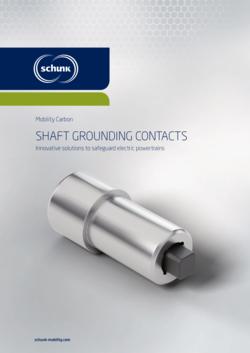
Brochure: Shaft Grounding Contacts
Excellent bearing & RFI protection for future e-mobility
Add

Service Package
Fiber Reinforced Armor Sleeves
Add
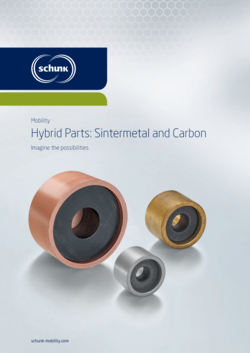
Brochure: Hybrid Parts: Sintermetal and Carbon
Imagine the possibilities
Add

Brochure: Injection Molded Components
As bearings in electric coolant-pumps
Add
Downloads
7 Files online

